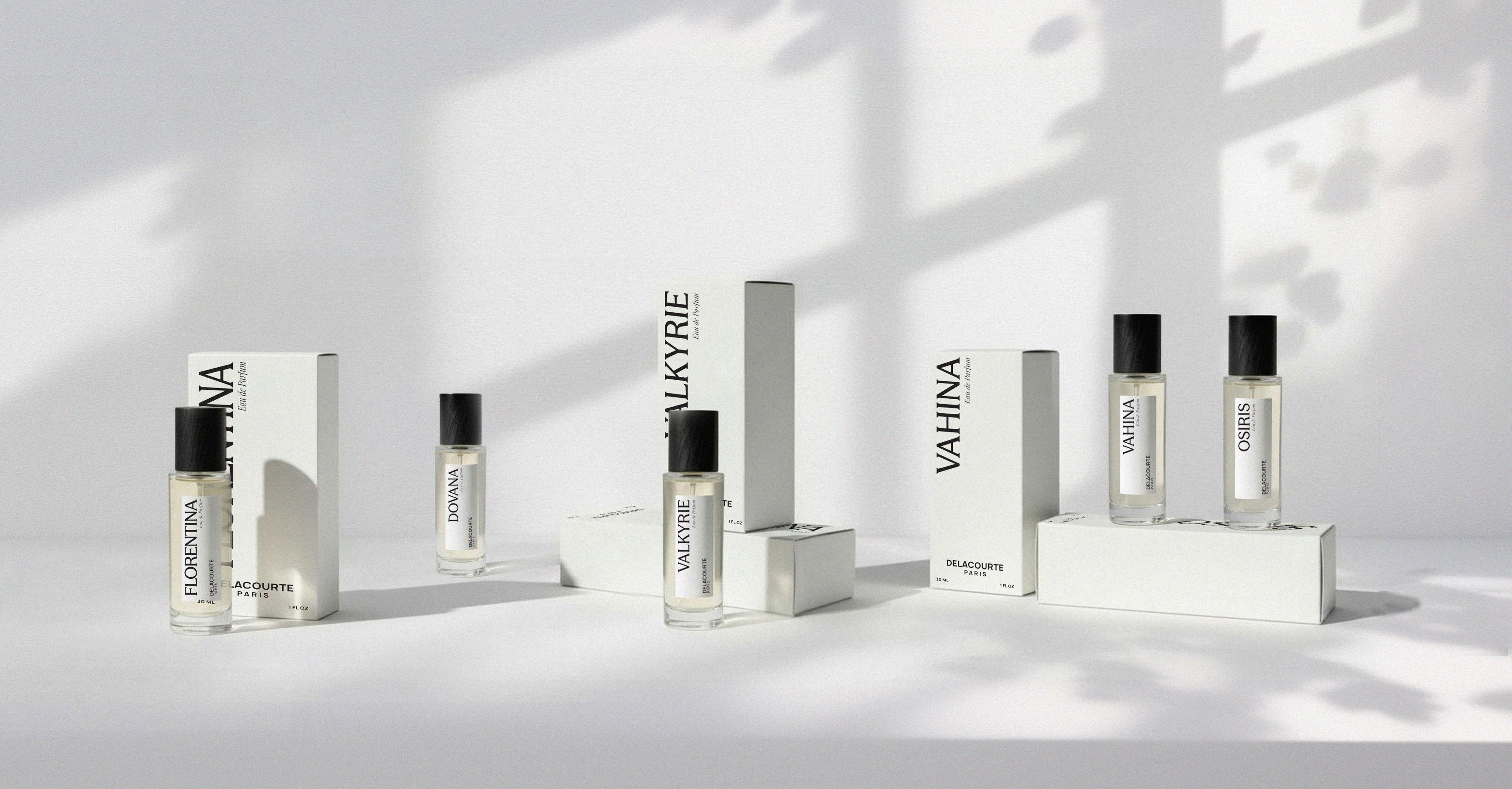
In perfumery, terminology is often borrowed from music, architecture, or jewelry-making. We speak of structure, olfactory pyramid, colors, facets, or orchestration to describe a fragrance. Among these concepts, the idea of an “accord” plays a central role. Just like in music, a perfume accord is a harmonious blend of several notes.
What Is a Perfume Accord?
An accord is a balanced combination of several raw materials (usually 6 to 10) designed to form a unique scent. It represents the expressive core of the fragrance — its olfactory signature.
There are two main types of accords:
- Simple accord: a blend of a few ingredients (around 5) to recreate a recognizable scent, such as rose.
- Complex accord: a more sophisticated composition combining many different notes, like a tea accord built on jasmine, violet, and bergamot.
Examples of complex accords:
- Jasmine + bergamot + violet = tea accord (found in Bvlgari Eau Parfumée au Thé Vert, CK One, Déclaration by Cartier)
- Mint + lime + rum + sugar = Mojito accord (Guerlain Homme)
The Role of the Accord in Perfume Creation
The accord is the guiding thread of the fragrance. It provides structure, coherence, and identity. The perfumer first builds the accord and then dresses it with secondary notes.
An accord is not a simple sum of ingredients. It produces a fused and indivisible scent — a sort of alchemical transformation. In this sense, 1 + 1 + 1 = 1. This is what gives a perfume its richness and depth.
An accord can appear in the top, heart, or base notes — it may span the entire olfactory pyramid.
Olfactory Families Born from Famous Accords
Several iconic accords have given rise to entire fragrance families:
The Fougère Accord
- Aromatic notes: lavender, sage, rosemary
- Floral note: geranium or rose
- Tonka bean or coumarin
The Chypre Accord
- Bergamot
- Jasmine, rose
- Mossy base (Evernyl, patchouli, labdanum)
The Oriental or Amber Accord
- Resins: incense, myrrh, benzoin, styrax
- Ambergris, patchouli, vanilla
- Animalic notes, iris, labdanum (optional)
Iconic Perfumes Built on Distinctive Accords
Several cult fragrances owe their fame to a striking accord:
- Paris, Yves Saint Laurent: violet, rose, woods (Iso E Super)
- No. 5, Chanel: rose, jasmine, ylang-ylang, aldehydes, coumarin
- No. 19, Chanel: galbanum, iris, green notes, rose
- Guerlain Homme: Mojito accord, vetiver, cedarwood, rhubarb
- Insolence, Guerlain: violet, iris, orange blossom, vanilla
- Samsara, Guerlain: jasmine, ylang-ylang, sandalwood, vanillin
- Angel, Mugler: caramel, patchouli, red fruits
- Opium, Yves Saint Laurent: patchouli, clove, vanilla, benzoin
